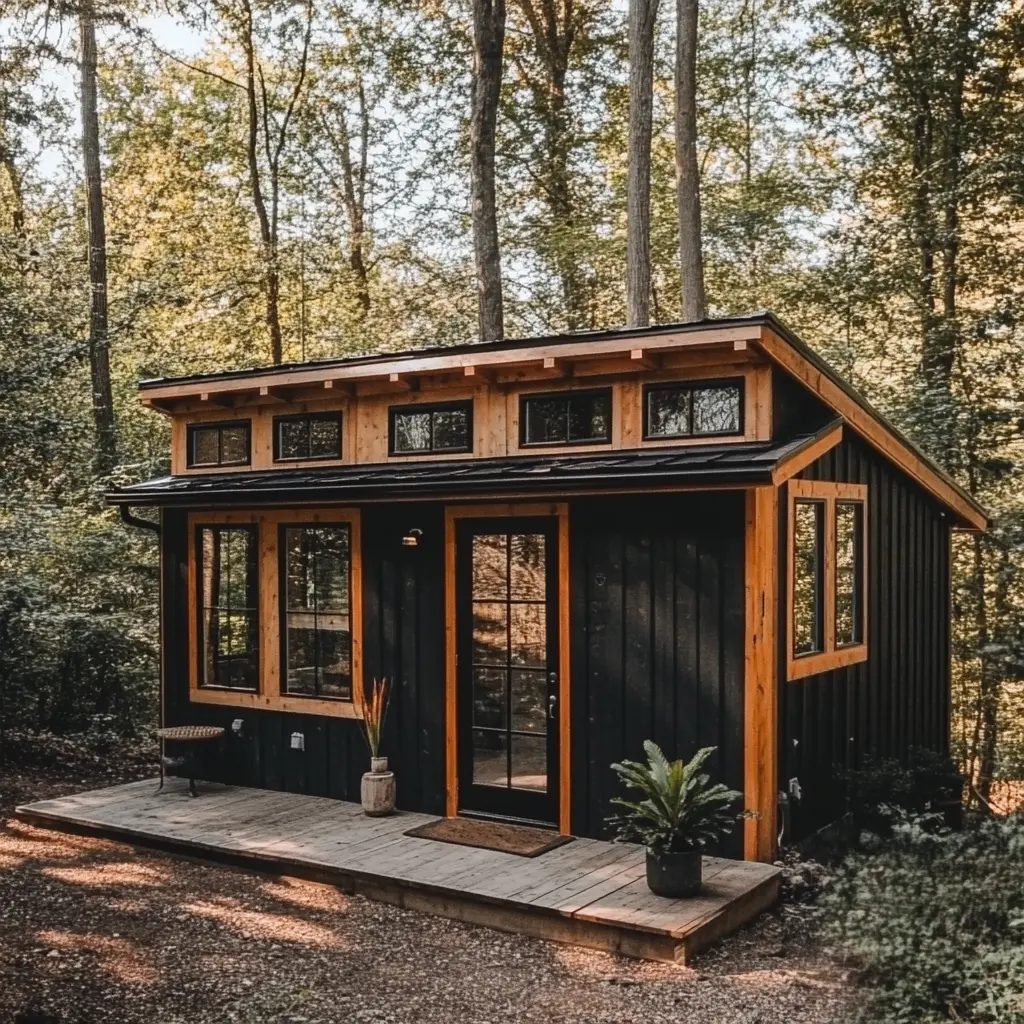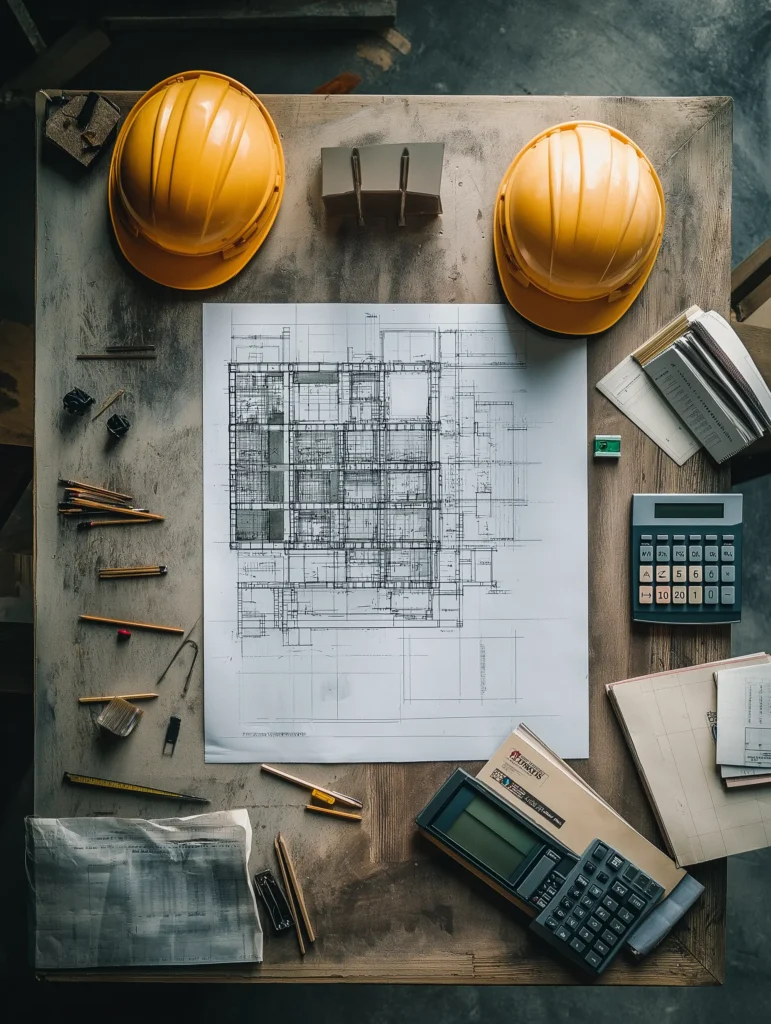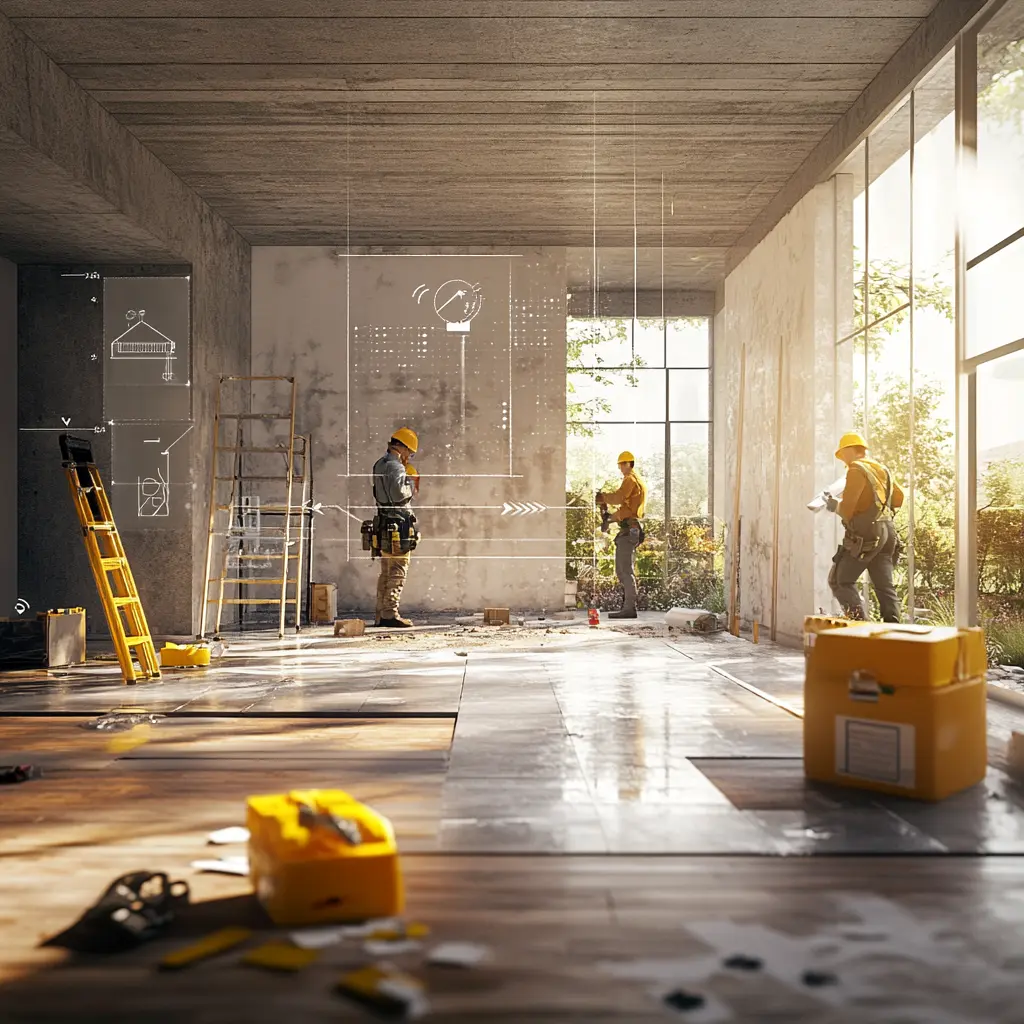
Building Homes Faster in California: A Game-Changer for Affordable Housing
In 2025, California will enact new laws designed to streamline the construction of homes, addressing the state’s growing demand. Governor Gavin Newsom has signed reforms aimed at speeding up the building process, focusing on affordable housing, reducing delays, and improving access for low-income families. These changes will impact cities like Los Angeles, San Francisco, and San Diego, making home construction faster and more accessible.

Key Legislation Shaping the Future of Homebuilding
- Increased Penalties for Delayed Approvals: Senate Bill 1037 targets municipalities that hinder housing development by imposing monthly fines up to $50,000. This law aims to reduce delays and ensure faster housing approvals.
- Affordable Housing for All: Assembly Bill 3093 mandates local governments to plan for diverse income levels, ensuring affordable housing for everyone, particularly the most vulnerable.
- Boosting Emergency Shelters: Senate Bill 1395 facilitates the creation of emergency shelters and centers that not only provide temporary housing but also connect people to essential services like healthcare and job support.
- Farmworker Housing Expansion: AB 3035 will simplify the building process for farmworker housing in specific counties, addressing the housing needs of those who work in agriculture.
How Faster Homebuilding Will Impact California Communities
These reforms will reshape California’s housing landscape. By streamlining processes and holding local governments accountable, they will create opportunities for more people, including farmworkers and low-income residents, to access affordable homes.


Fast-Track Your ADU Construction Now
Ready to build an ADU in California and take advantage of the latest housing laws? Get expert advice and a free consultation now!

Why California’s Housing Reform is Key to Building Homes Faster
California is experiencing a housing crisis, and these new laws offer long-term solutions. With reforms that make housing more accessible, the state is paving the way for a sustainable future. From Los Angeles to San Diego, building homes efficiently is crucial to meeting the state’s diverse housing needs.
The Role of ADUs in Expanding Homebuilding Opportunities
- Affordable Housing in Urban Areas: Building homes through additional housing units offers a cost-effective solution in areas with high demand.
- Property Value Increase: Building an additional unit can significantly raise the value of your property.
- Rental Income Potential: Renting out extra housing units is an excellent way for homeowners to generate extra income.
- Alleviating Housing Shortages: Additional housing units help tackle the housing crisis without requiring large-scale developments.
- Flexible Living Space for Families: Extra units provide additional living options for extended families or tenants.
Common Questions About Adding an ADU for Increased Housing
How much does it cost to build an ADU in California?
The cost of building an ADU ranges from $100,000 to $500,000, depending on size, materials, and location.
What are the zoning regulations for ADUs in California?
ADU regulations vary by city but generally allow construction in residential zones with specific size, height, and setback restrictions.
Do I need permits to build an ADU?
Yes, building an ADU requires various permits, including electrical, plumbing, and mechanical, as required by local regulations.
How long does it take to build an ADU?
The timeline can range from a few months to a year, depending on the permitting process, design complexity, and contractor availability.
Can I rent out my ADU?
Yes, ADUs can be rented out, subject to local laws, rental regulations, and rent control policies where applicable.
Conclusion
The new housing laws set to take effect in 2025 will significantly alter California’s housing landscape, making it easier to build homes quickly and affordably. By simplifying the process, imposing penalties for delays, and expanding housing for vulnerable populations, these reforms are vital for solving the state’s housing crisis. The changes will provide more efficient, flexible housing solutions for residents, contributing to a sustainable future for all Californians.

California ADU Solutions Made Simple
California’s new housing laws make it easier than ever to build an ADU. Don’t wait – let’s get started on your project today!





